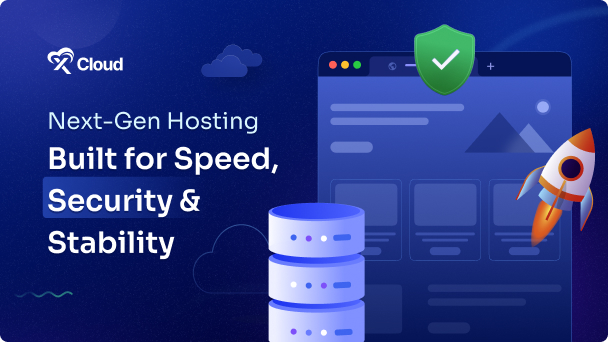FFmpeg is a powerful and widely used tool for handling audio, video, and multimedia files. It supports converting, recording, and streaming media content. Whether you are developing an application or working on a media project, having FFmpeg properly set up is essential for smooth performance.
Follow the steps below to check and set up FFmpeg FFmpeg is already installed on your server.
How Can You Check If FFmpeg Is Already Installed? #
To find out if FFmpeg is already installed on your server, you need to connect to it using a terminal or SSH. Once connected, you can run a simple command to check for its presence.
To find the installation path, use this command:
which ffmpegIf FFmpeg is installed, this command will return a path like:
/usr/bin/ffmpegTo check the version of FFmpeg installed, run this command:
ffmpeg -versionIf FFmpeg is installed, this will show you the version details. If the command is not recognized, it means FFmpeg is likely not installed on your server.
How Do You Install FFmpeg With Root Access? #
If you have root access or sudo privileges, you can install FFmpeg directly using the command line. This is useful if FFmpeg is not already installed or if you need to upgrade to a newer version.
On servers that run Ubuntu or Debian, you can start by updating the package list. Run this command:
apt updateThen, install FFmpeg using this command:
apt install ffmpeg -yOnce the installation is finished, verify the installation by checking the version. Use this command:
ffmpeg -versionYou should see the installed version of FFmpeg. The binary is usually located at
/usr/bin/ffmpegProperly configuring FFmpeg allows your application or server to process media files without encountering errors. Checking the installation and performing a straightforward setup with root access only takes a few minutes.
And that is how easily you can make sure that FFmpeg is available and ready to support your multimedia needs.
Still stuck? Contact our dedicated support team for any of your queries.







































